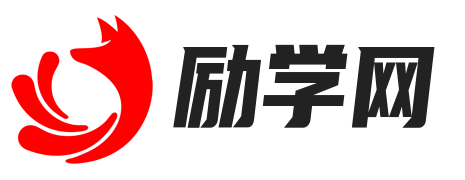【snake】的翻译、意思
时间: 2025-01-17 09:35:40
【snake】怎么读
美:[snek]
英:[sneɪk]
【snake】是什么意思、字义解释
1. n. 蛇;阴险的人
2. vi. 迂回前进
3. vt. 拉(木材等);迂回前进
【snake】的详细解释
英文单词学*与分析:[snake]
1. 基本定义:
-
字面意思:Snake指的是一种长而细的爬行动物,通常无四肢,身体柔软。它们可以在陆地、水中或树上生存。
-
定义:A snake is a limbless reptile of the suborder Serpentes, characterized by an elongated body and the ability to move by slithering.
-
词性:名词(noun)
2. 词源与起源:
-
词源分析:Snake源自古英语单词“snaca”,其根源可以追溯到原始日耳曼语“snakō”,意为“扭动”或“弯曲”。这个词根反映了蛇的**方式。
-
历史背景:Snake一词可追溯到公元前5世纪的英语文献,古英语中即有使用。蛇在许多文化中象征着多种含义,包括智慧、危险和变化。
-
课本:在**的教材中,snake通常出现在小学和初中的英语课本中。比如《新概念英语》中的动物词汇部分。在美国,snake在小学阶段的自然科学或英语课本中也会出现。
3. 使用场景:
-
正式与非正式语境:
- 在正式语境中,snake可能用于科学讨论或生物学研究。例如:“The snake is an important part of the ecosystem.”
- 在非正式语境中,snake常用于比喻或俚语,例如:“He’s a snake for betraying his friends.”
-
特殊场合:
- 法律:在法律上下文中,“snake”可能用来形容一种欺诈行为,例如“snake in the grass”意指潜伏的危险。
- 科学:在生物学中,蛇的分类和生态作用是常见的研究主题。
4. 示例句子:
-
The snake slithered across the warm desert sand.
蛇在温暖的沙漠沙子上滑动。 -
In many cultures, the snake is a symbol of rebirth.
在许多文化中,蛇是重生的象征。 -
Watch out for snakes when hiking in the woods!
在森林里远足时要小心蛇! -
The snake charmer played his flute to attract the snake.
蛇魅者吹奏笛子以吸引蛇。 -
She felt like a snake in the grass, hiding her true intentions.
她感觉像草丛中的蛇,隐藏着自己的真实意图。
5. 同义词与反义词:
-
同义词:
- Serpent:通常用于更加文学或神秘的上下文,常带有负面含义。
- Reptile:更广泛的分类,包含多种爬行动物,但不特指蛇。
-
反义词:
- Mammal:指有毛的动物,与蛇的无四肢、冷血特征相对立。
- Lizard:另一种爬行动物,有四肢,和蛇的形态明显不同。
. 学方法:
音标记忆法:
- Snake的音标是/ sneɪk /,可以分解为“s”(发音像“丝”)+“nake”(与“make”类似),联想成“用丝带做的东西”,形成生动形象,帮助记忆。
7. 关联词汇:
- Venomous snake(毒蛇)
- Snake bite(蛇咬)
- Snake skin(蛇皮)
- Snake charmer(蛇魅者)
- Snake pit(蛇窝)
通过以上的分析和示例,可以更全面地理解和使用单词“snake”。
【snake】例句
1、[[文学性]] Something that snakes in a particular direction goes in that direction in a line with a lot of bends. 蜿蜒行进
例:The road snaked through forested mountains.这条路蜿蜒穿过树林覆盖的群山。
